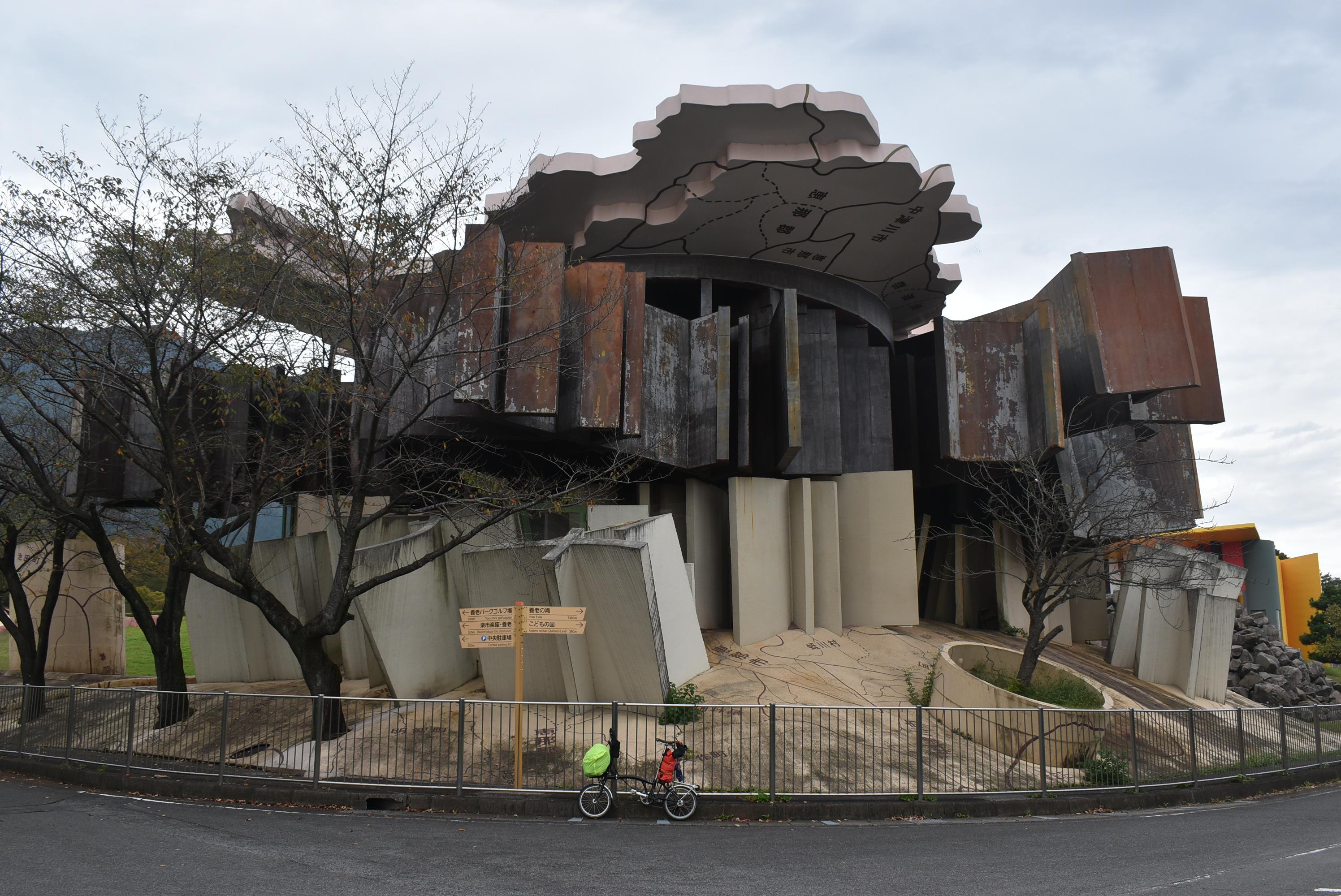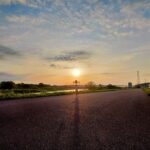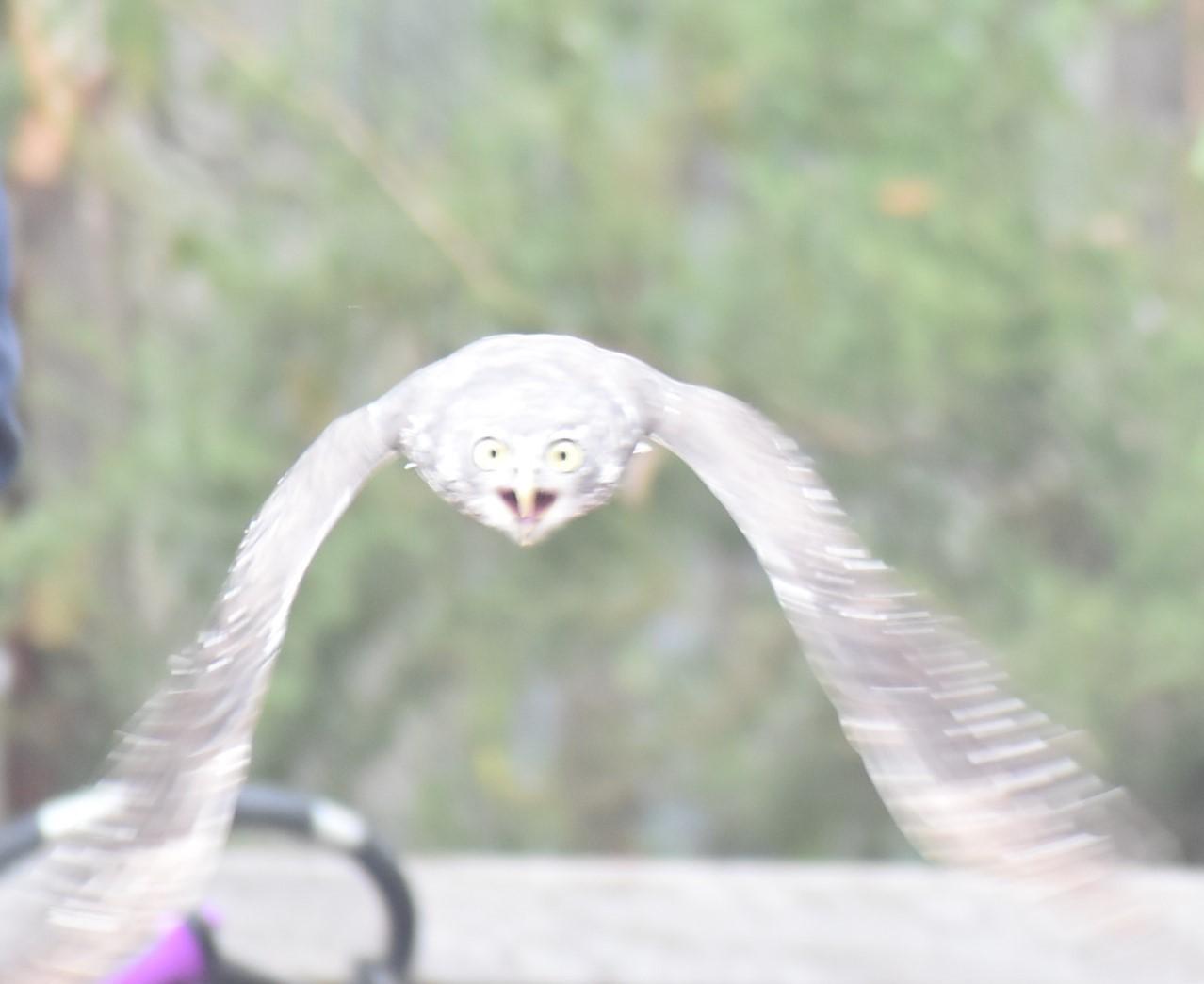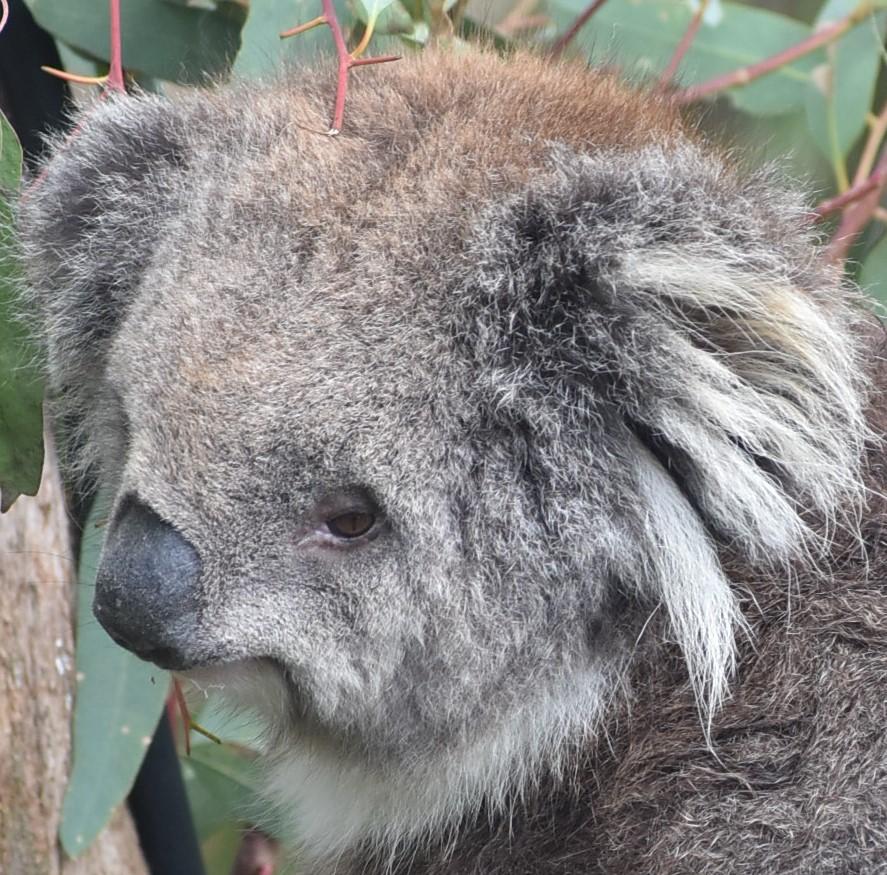
Almost 25 years ago, Kangaeroo picked up a newspaper containing an article about a park created for people to experience life in a different perspective.
The Site of Reversible Destiny was created without horizontal and vertical lines to try to shape a new way of looking at art and architecture, as well as life in general.
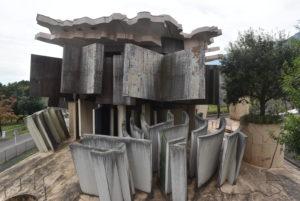
The revolutionary park was created under a concept of reversible destiny by architect/artist couple Shusaku Arakawa and Madeline Gins.
And Kangaeroo was hooked. A visit to the park was immediately on the bucket list.
And stayed there without being crossed off for 2 1/2 decades.
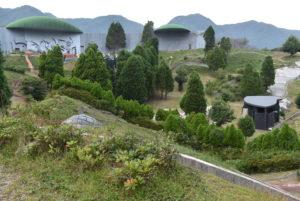
In the meantime, both Arakawa and Gins died, despite having both dedicated their final decades to works focused on not dying.
A visit almost occurred in October 2018 when Kangaeroo cycled through Yoro, the town in Gifu Prefecture where the park is located. Pressing issues prevented that from happening, though.
Delightfully, another opportunity to get there arose this year, and this time, the long-awaited visit took place.
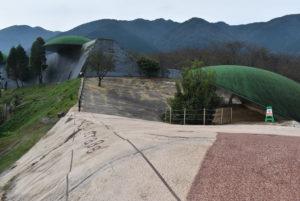
Kangaeroo found the park a delight, having always enjoyed Dadaism and the avant-garde, which have clearly influenced the work by Arakawa and Gin.
Works inside the park have catchy names Like the Zone of Clearest Confusion, Critical Resemblance House, Kinesthetic Park, Trajectory Membrane Gate and Geographical Ghost, adding to their attractions.
Having finally visited, though, brought about a strange sense of emptiness.
The park is visually spectacular, occupying a large hill and its expansive works spreading widely.
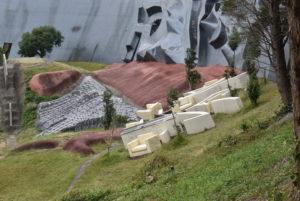
Perhaps the emptiness came from learning about the demise of Arakawa and Gins?
They had both been comparatively young, and still at the peak of their careers, when the park opened.
They died in severely reduced circumstances, having lost large sums to Bernie Madhof’s Ponzi scheme that symbolized the 2008 global financial crisis.
Arakawa died in 2010 and Gins four years later.
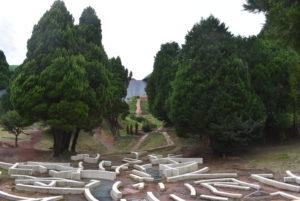
Brommie, also something of an anomaly, carried Kangaeroo to the site and fit perfectly into place.
He was supposed to be traveling from Kyoto to Tokyo, but an impending typhoon stopped that and he ended the journey in Nagoya.
It was a reversal of destiny, apt for having finally fulfilled an almost half lifetime’s desire.
